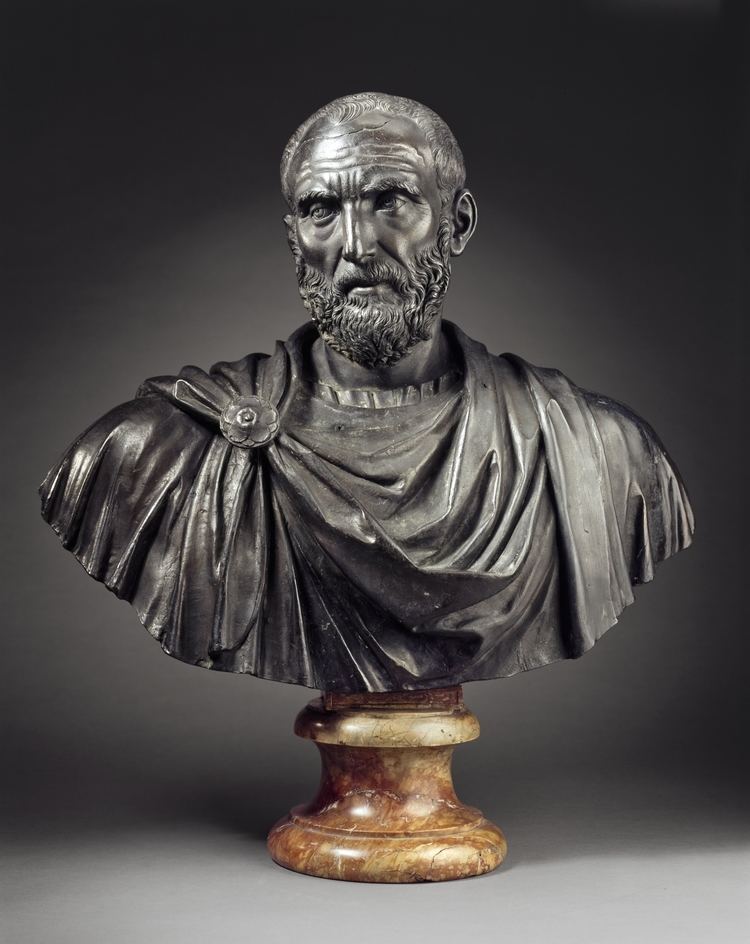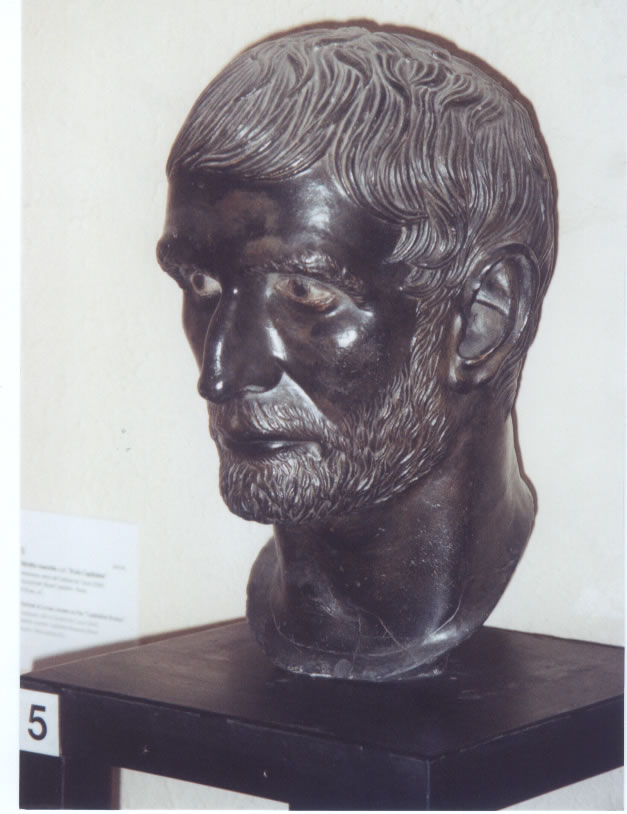
Similarly, although he takes his subject matter from Rome’s ancient past, he invents the actual moment depicted for which there is neither documentary nor literary evidence. David has not adopted classical forms wholesale here, but rather has borrowed certain aspects that best serve his purpose. His relief-like composition stresses the picture plane. The artist pares down his scene to its essential elements, adopts clear geometry of form and linear contours. Lictors Returning to Brutus the Bodies of his Sons demonstrates some of the key aspects of Neoclassicism, the new painting aesthetic David introduced to the French Salon. In the years before the turn of the century, however, David would play a major role in changing that. You can help Wikipedia by expanding it.An ambitious artist who aspired to fame and true greatness took up those subjects ranked as the most noble, namely those related to religion, mythology, and history, all of which fell under the label of “history painting.” When Jacques-Louis David began his artistic career, heroic scenes with complex compositions and minute detail characterized history paintings by masters of the French Academy. This Ancient Roman biographical article is a stub. Succeeded by Publius Lucretius Tricipitinus and Publius Valerius Publicola

Collatinus in William Smith: Dictionary of Greek and Roman Antiquities (1870)Ĭonsul of the Roman Republic with Lucius Junius Brutus 509 BC.SourcesĪs quoted in Smith's Dictionary of Greek and Roman Antiquities (1870). Collatinus withdrew with all his property to Lavinium, and Publius Valerius Publicola was elected in his place, who then chose Spurius Lucretius Tricipitinus, Lucretia's aging father as the other consul, upon Brutus' death. His colleague, Brutus, escaped this stigma, despite also being a scion of the dynasty, because his family name was Junius and not Tarquinius.

Livy claims that the people could not endure the rule of any of the hated race of the Tarquins, and thus the innocent Collatinus was persuaded by his colleague and the other nobles to resign his office and retire from Rome. Thus the grandson was surnamed Collatinus to indicate his place of birth or origin or nearest association.Ĭollatinus's time as consul was brief. Collatinus derived his cognomen thus his grandfather Egerius was placed in command of the town Collatia which had been captured by Tarquinius Priscus, and the next generation also resided in that town. William Smith's Dictionary says that Collatinus was the son of Egerius, himself the son of Aruns (son of Demaratus) himself the brother of Tarquinius Priscus (who was the fifth king of Rome). Lucius Tarquinius Collatinus joined Lucius Junius Brutus in the first shared consulship. After overthrowing the seventh king of Rome, the Roman Republic was founded. This revolt was led by the aforementioned Lucius Junius Brutus, an ancestor of the Marcus Brutus who conspired to kill Julius Caesar almost 500 years later. The last of these kings, Lucius Tarquinius Superbus, was overthrown in the year 510 BCE after his son Sextus Tarquinius had raped Collatinus's wife, Lucretia.

He is also the husband of Lucretia, the noblewoman raped by Sextus Tarquinius.Īccording to legend, ancient Rome had seven kings. 6th century BC) is traditionally one of the first two consuls of Rome, together with Lucius Junius Brutus. Tarquinius Collatinus from "Promptuarii Iconum Insigniorum "


 0 kommentar(er)
0 kommentar(er)
